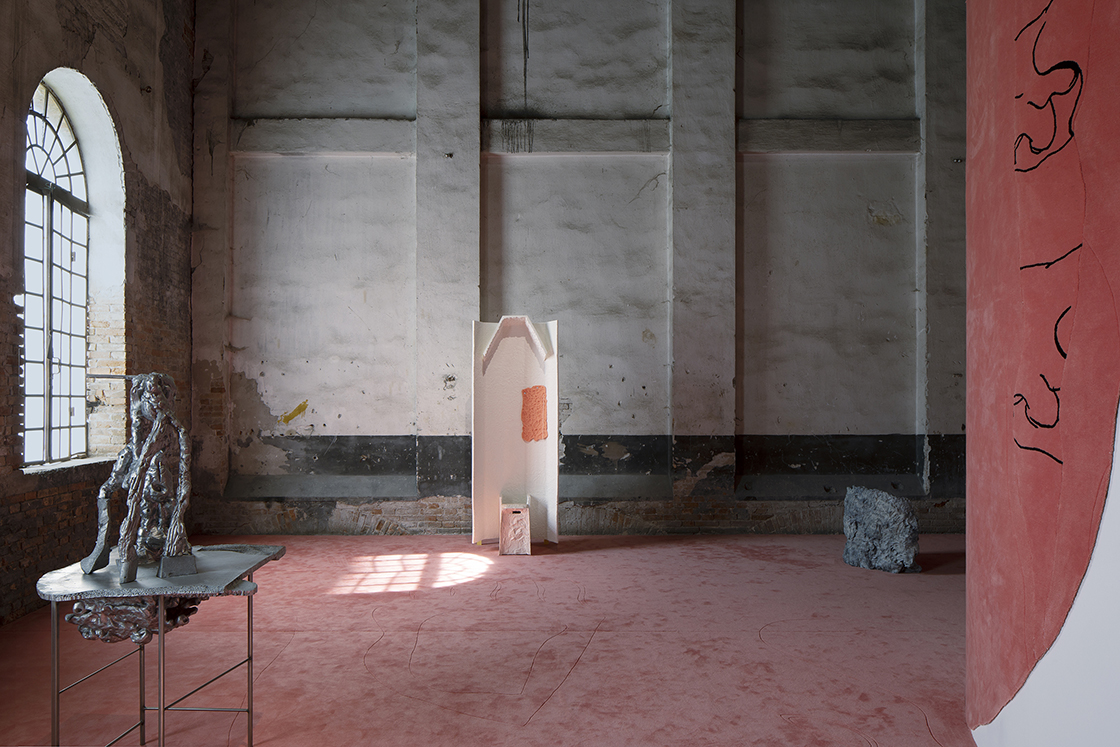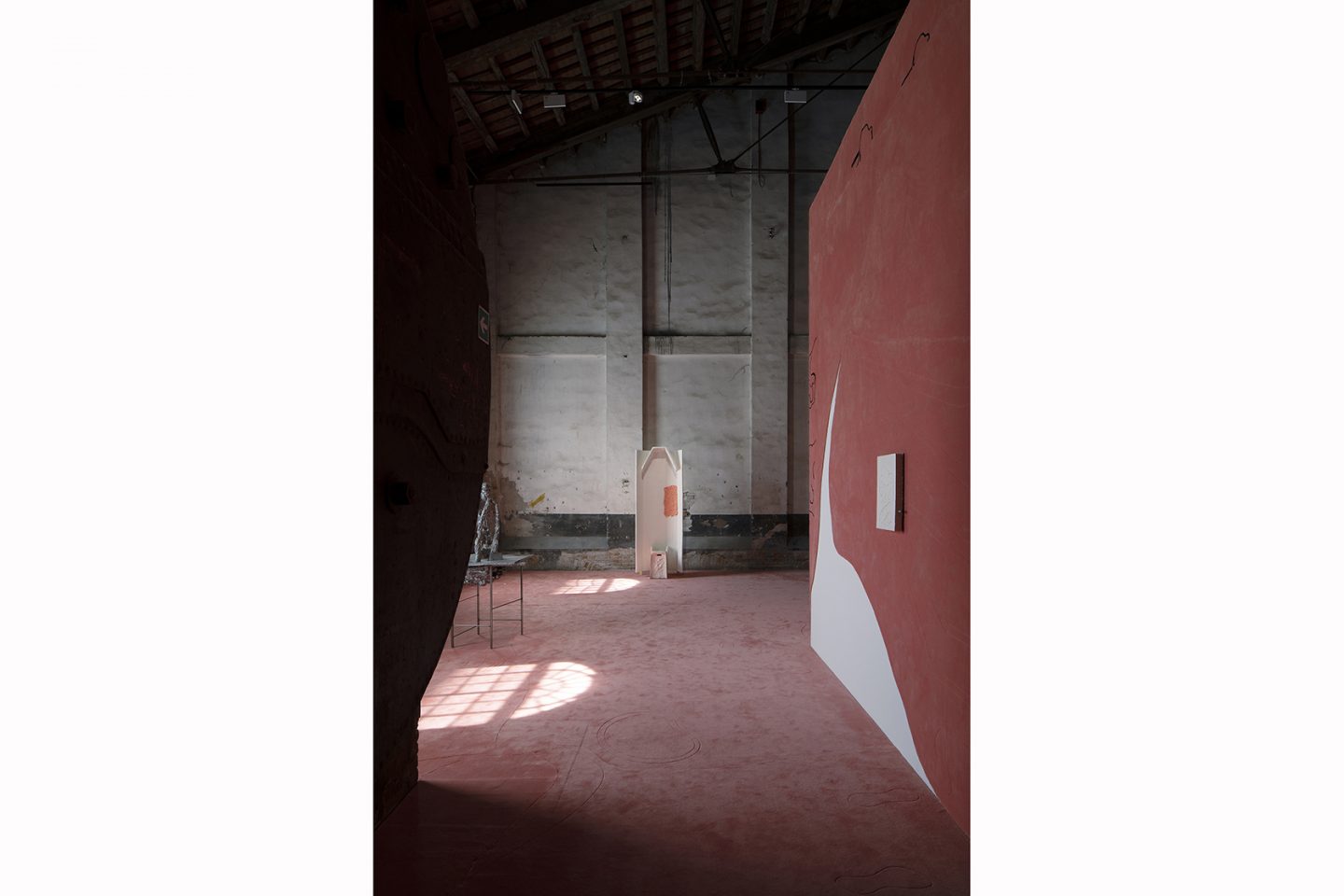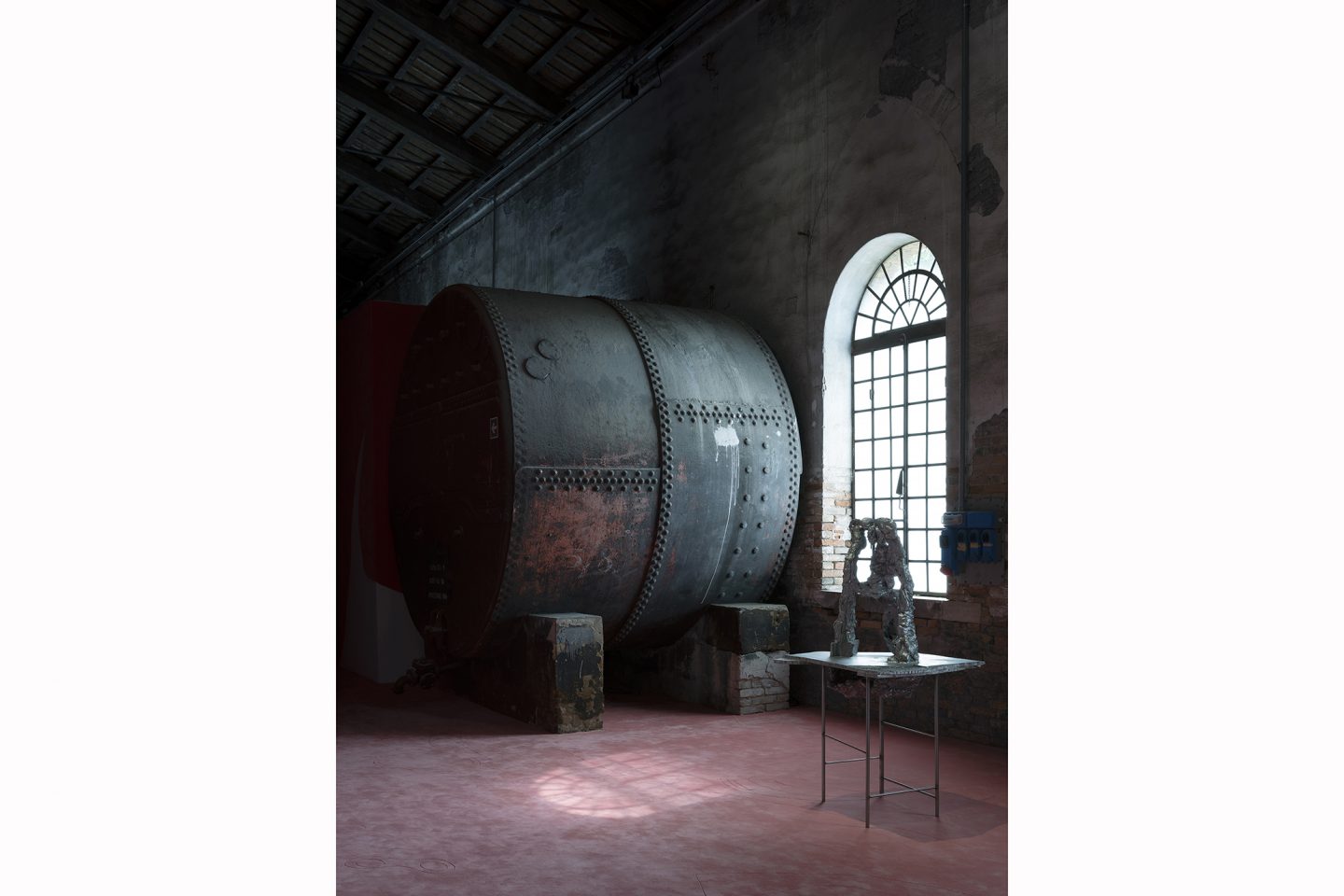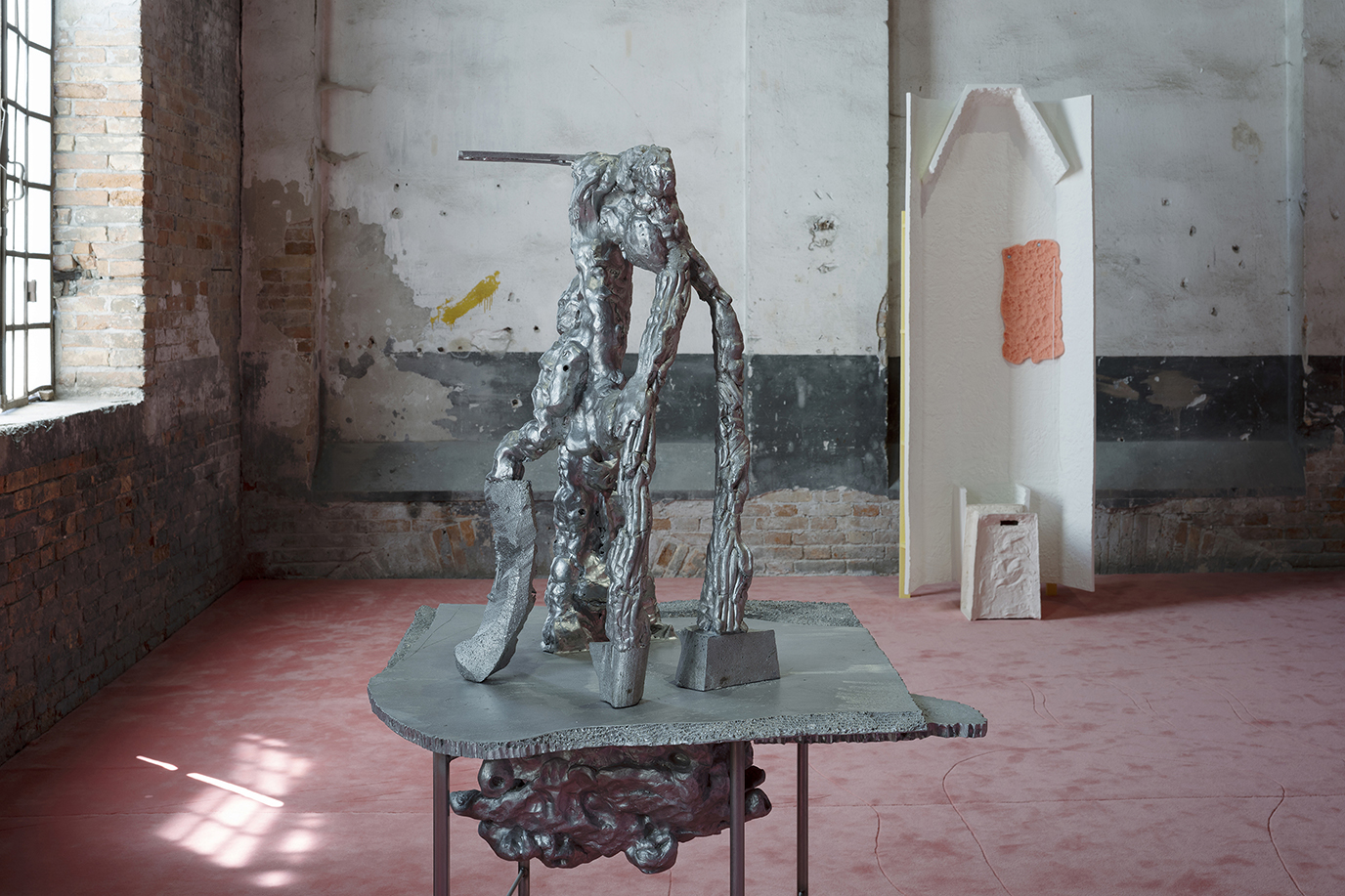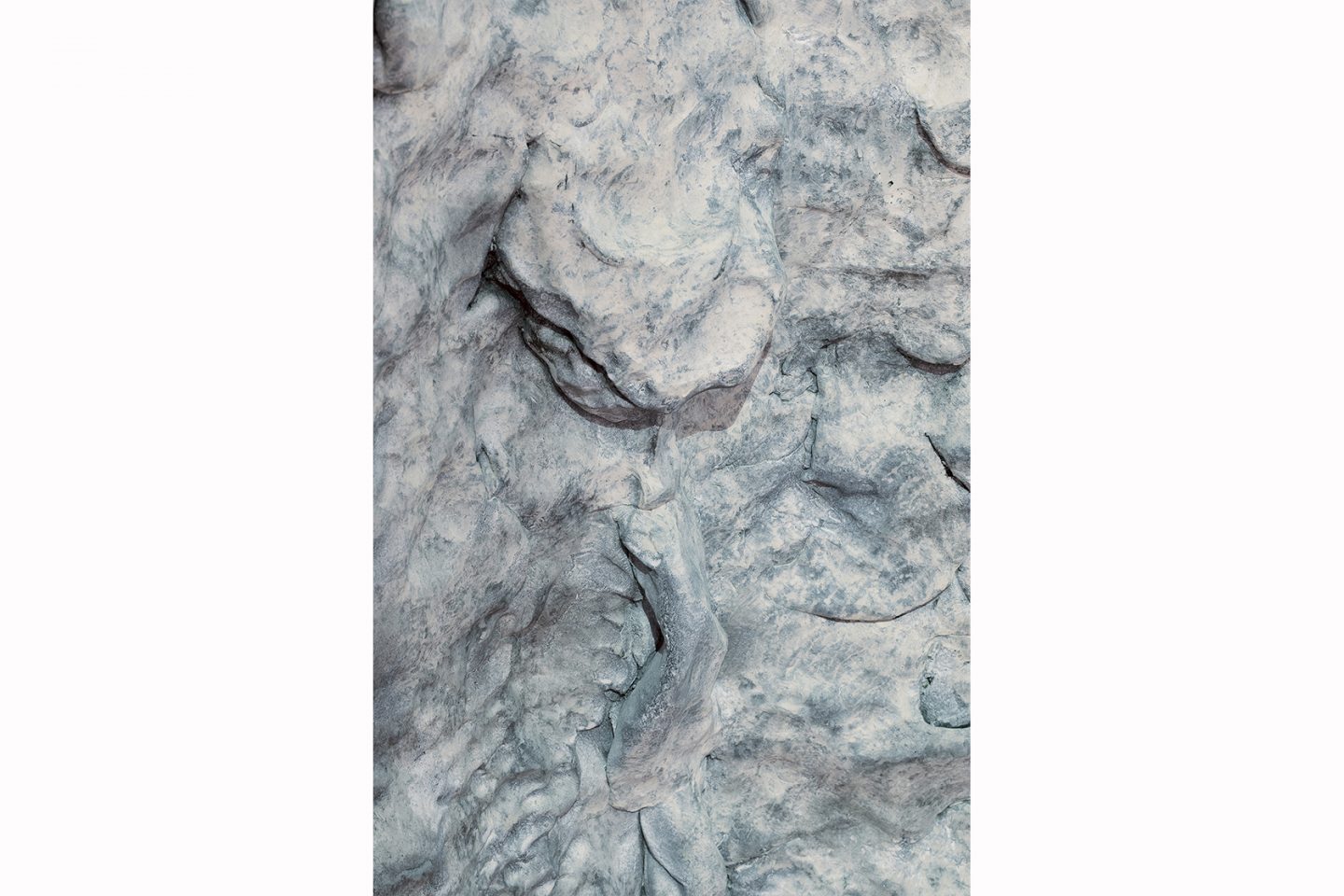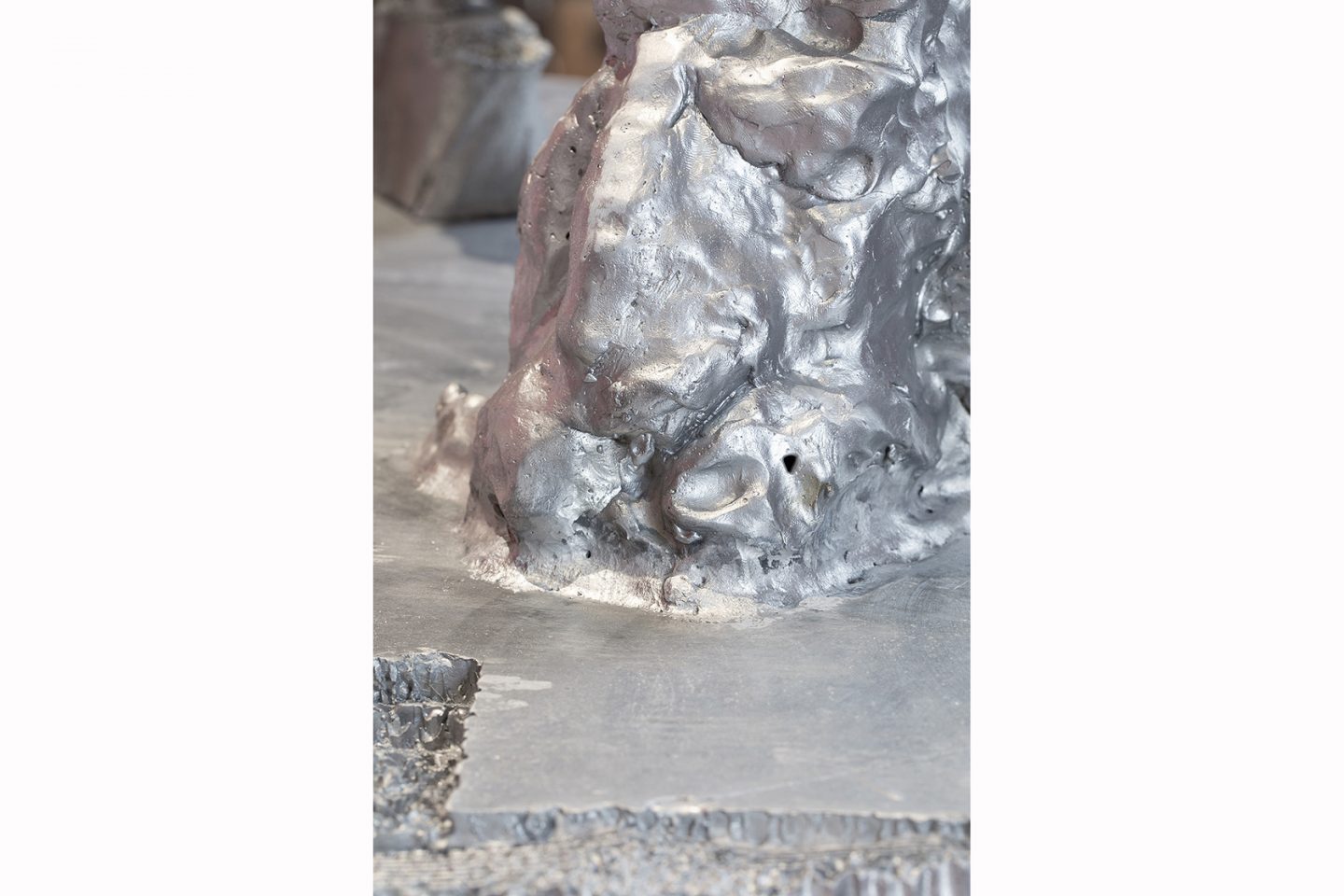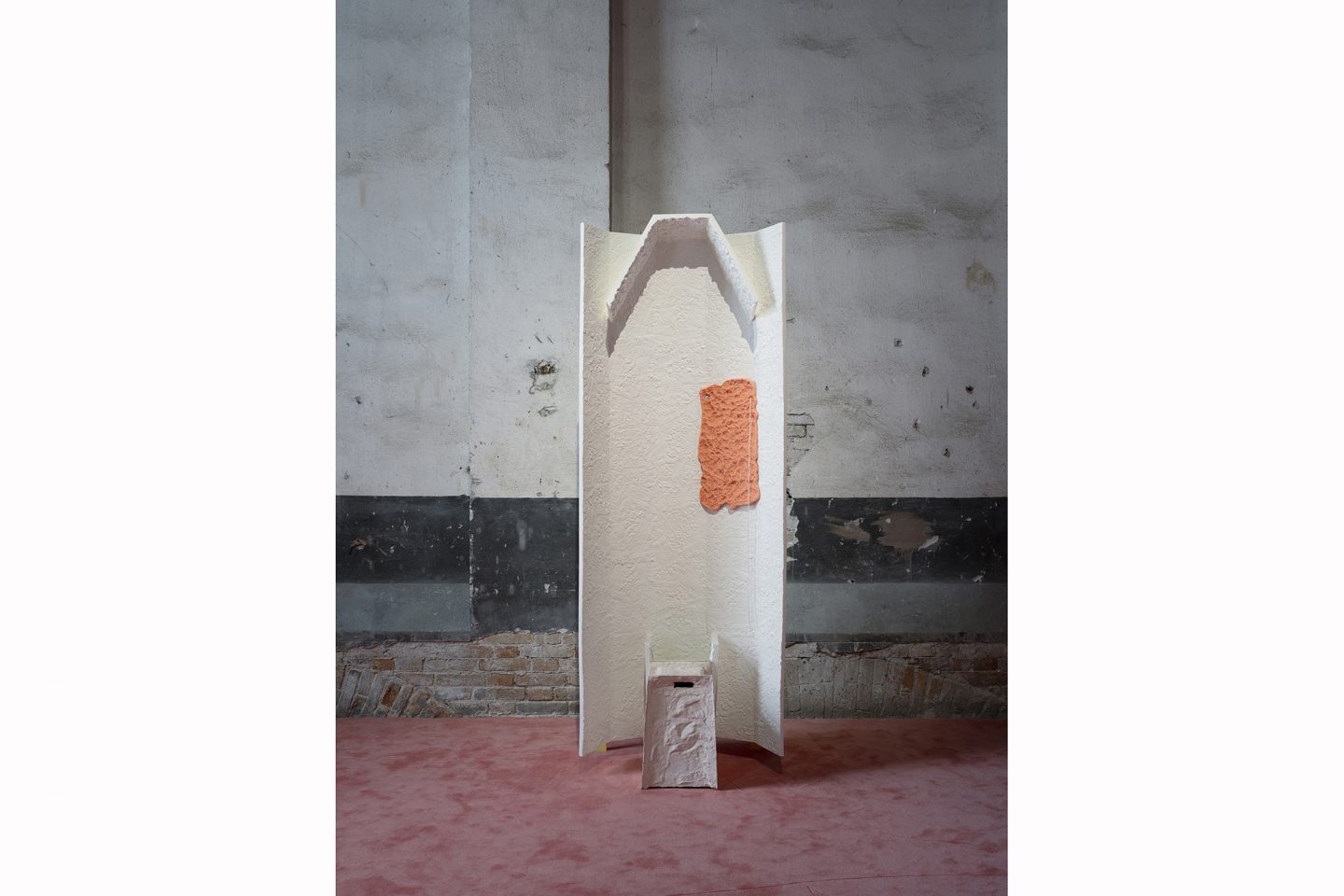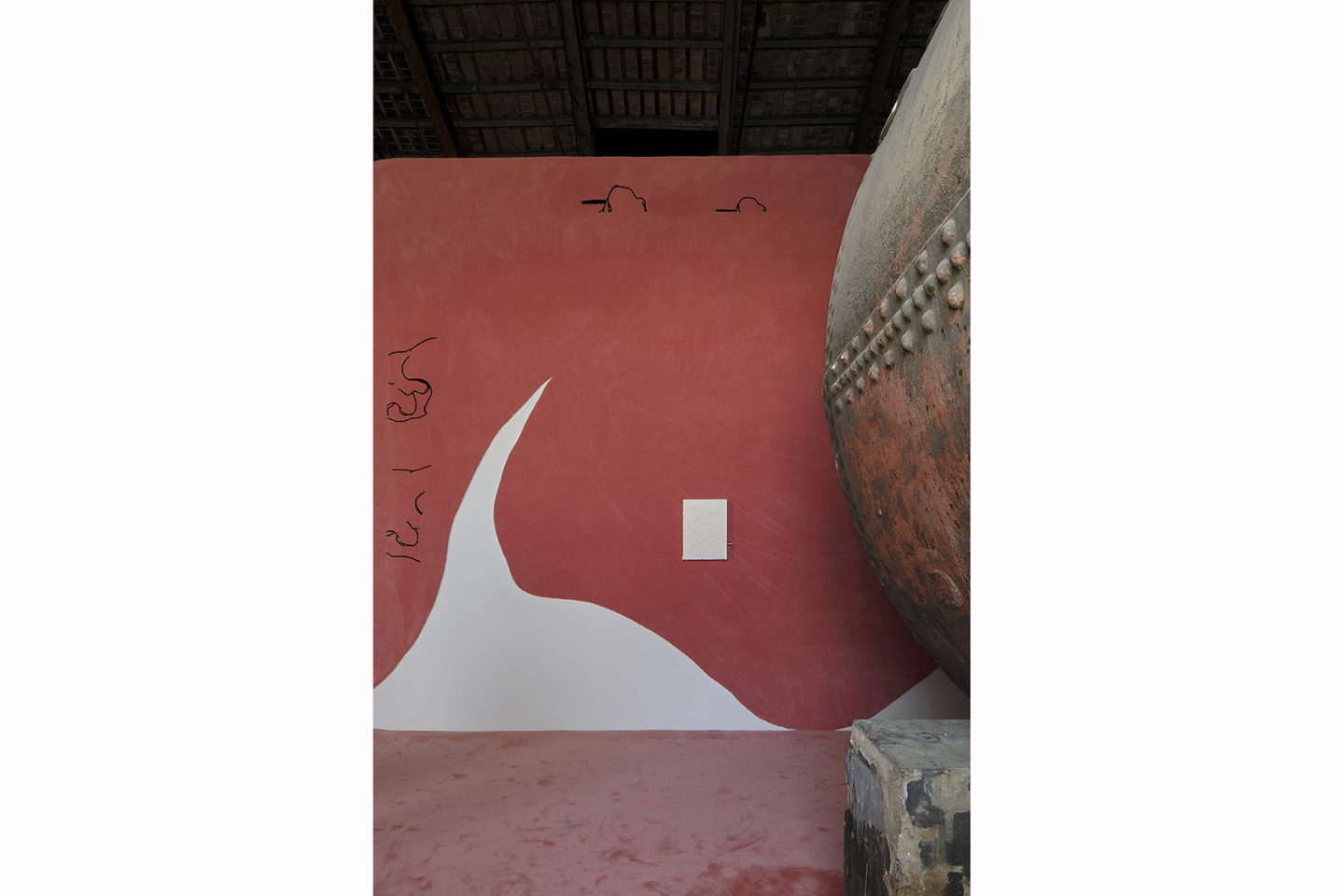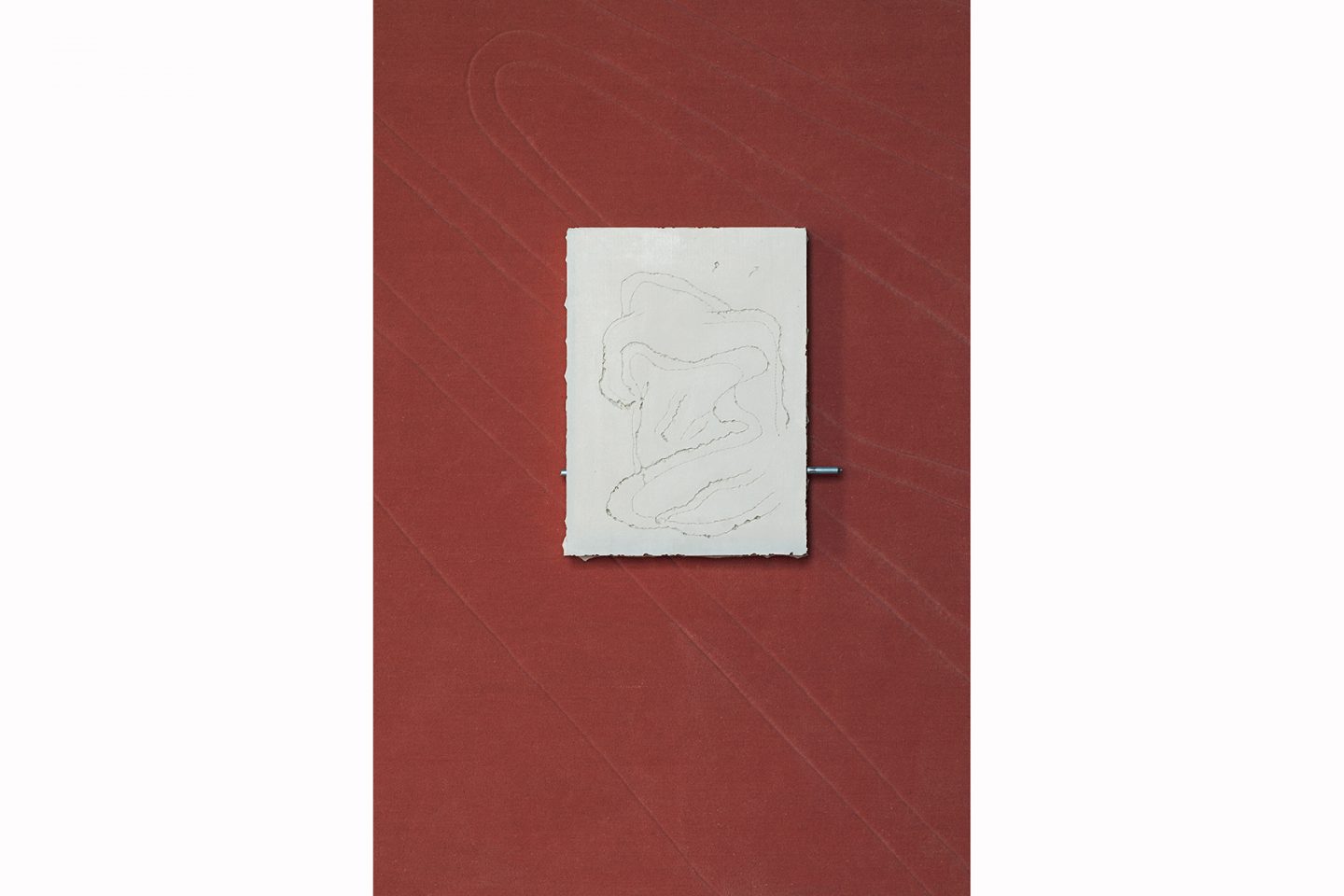The 58th La Biennale di Venezia-China Pavilion
The 58th Venice Biennale Chinese Pavilion
2019.5.11 – 11.24
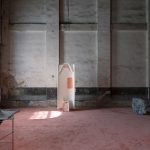
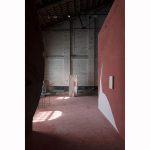
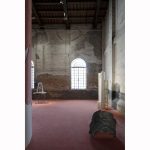
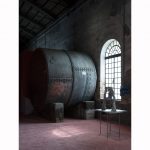
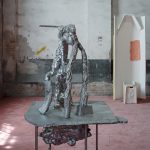
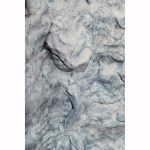
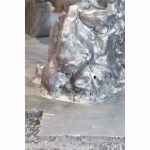
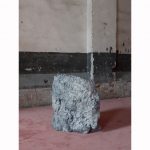
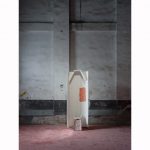
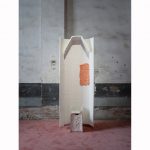
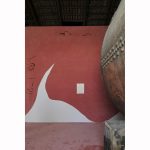
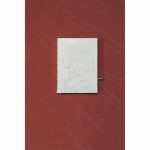
The Chinese Pavilion upholds the title “Re-Rui”, in response to the theme of the 58th Venice Biennale, i.e., “May you live in interesting times.” “Re” is a prefix frequently used in many Western languages. It has the meaning of “back” or “backward”, adding a retrospective sense to the root word it precedes. “Rui” ( 睿) is a character in Chinese that has similar pronunciation, meaning wisdom. In the face of today‘s new problems, we may need to gain insights from “Re” and “Rui” through looking back into the past. The exhibits presented in the Chinese Pavilion include an interactive mobile APP developed by artist Fei Jun, a large-scale watermark woodblock printing in traditional Chinese style produced by artist Chen Qi, an imagery installation about the cycle of life produced by artist Geng Xue, and a set of sculptures created by artist He Xiangyuas an artistic expression of the tactile perceptions. Through these exhibits, the curator tries to connect the virtual and the real world, where viewers are allowed to immerse in re-thinking about body perceptions, daily reflections and civilizational coincidences, and jointly explore the path back to the heart.
The sculptures in “Everything We Create is Not Ourselves” by He Xiangyu were created by the artist when he was staying in Berlin, reflecting his perplexity when surrounded by an unfamiliar language. The sculptures were the materialization of the artist’s perception when hearing or trying to speak the foreign language. The artist has spent many years researching the visualization of personal intuitions, using his own intuitions as the prototypes for re-creation. The series “Everything We Create is Not Ourselves” is the outcome of the artist’s re-creation of self. Invisible subjects are converted into physical shapes, in an effort to reveal “what are feelings” and demonstrate the artist’s point of view regarding how human beings perceive themselves. Through touching the artworks in the exhibition hall, viewers can interact with the “feelings” of the artist, and try to discover and explore the different yet similar experiences of human beings.
